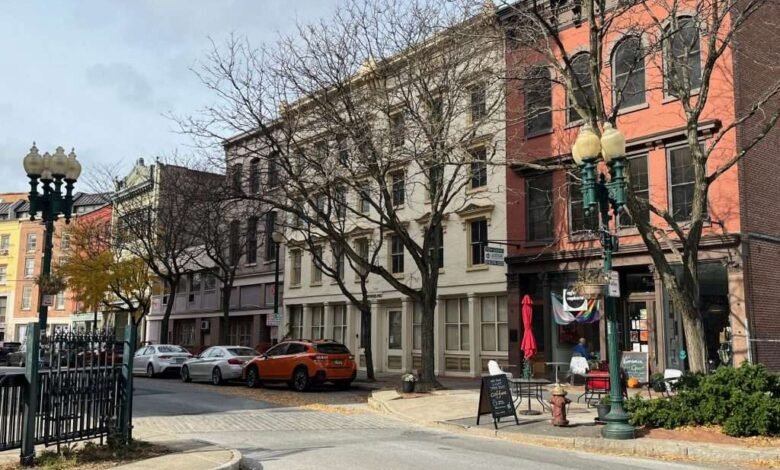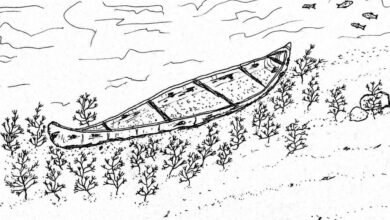Troy’s Historic River Street Buildings Threatened With Demolition


 Troy, NY is defined by its urban architecture. The city’s well-preserved 19th-century streetscapes, featuring excellent examples of every major 18th, 19th, and 20th-century architectural style, are what make it both a destination and a home for businesses, arts, and culture.
Troy, NY is defined by its urban architecture. The city’s well-preserved 19th-century streetscapes, featuring excellent examples of every major 18th, 19th, and 20th-century architectural style, are what make it both a destination and a home for businesses, arts, and culture.
Historic River Street was the birthplace of commerce in Troy, and the warehouses and commercial loft buildings which served sloops, steamboats and railroads and numerous retail businesses still line the western side of the two blocks between 1st Street and Congress Street.
They are a crucial surviving link to the establishment of the city in the early 1800s, it’s role in maritime history as a transportation hub, and it’s industrial history.
The buildings at 213-223 River Street especially reflect Troy’s commercial growth in the 19th and early 20th centuries, while the rear buildings fronting on the Hudson River are rare survivors from among the early 19th century stores and warehouses that once lined the Hudson River and propelled the city’s early growth.
In the mid-19th century the Troy Daily Times had locations at 221-223 River Street (and also at 208 and 211 River Street, which was destroyed by a mob during anti-draft rioting in July, 1863).
The street was paved in 1829 here and horses once drew Troy & Greenbush rail cars up the street to the great covered bridge. It was the first street in the city to be light by gas lamps, and was a frequent route of St. Patrick Day parades.
In the mid-19th century early express companies once occupied 223 River Street, including Pullen, Virgil & Rice (an antecedent of American Express), Johnson’s daily Albany and Troy Express, and Great Western Package and Freight Express (later Wells Fargo).
Irish-American heavyweight bare-knuckle boxing champion and later Congressman and NYS Senator John Morrissey, the founder of Saratoga Race Course, who lived at 116 River Street in his youth, walked this street frequently with the masses crowding along the warves and businesses along the river.
Today, these buildings have been vacant and left to deteriorate while the owner threatens demolition for a shovel-ready development site. Their situation is emblematic of the need for economic revitalization of post-industrial downtowns statewide.
Furthermore, the threat of increasingly unpredictable storms and flooding makes the buildings’ location on the waterfront a vulnerable one. The loss of these buildings would tear a huge hole in the historic fabric of downtown Troy and could lead to inappropriately scaled new development.
Saving these buildings would preserve Troy’s small-scale urban character and rehabilitating them using historic tax credits could provide several commercial and residential units in an appealing, walkable location downtown.
The Preservation League of New York State has added the buildings at 213-223 River Street to its Seven to Save list, which highlights New York’s most endangered historic sites. Inclusion on the list offers wider visibility, assistance with advocacy, and technical services.
Illustration: 213-223 River Street in Troy (photo by Olivia Brazee, provided by the Preservation League of NYS).
Source link




